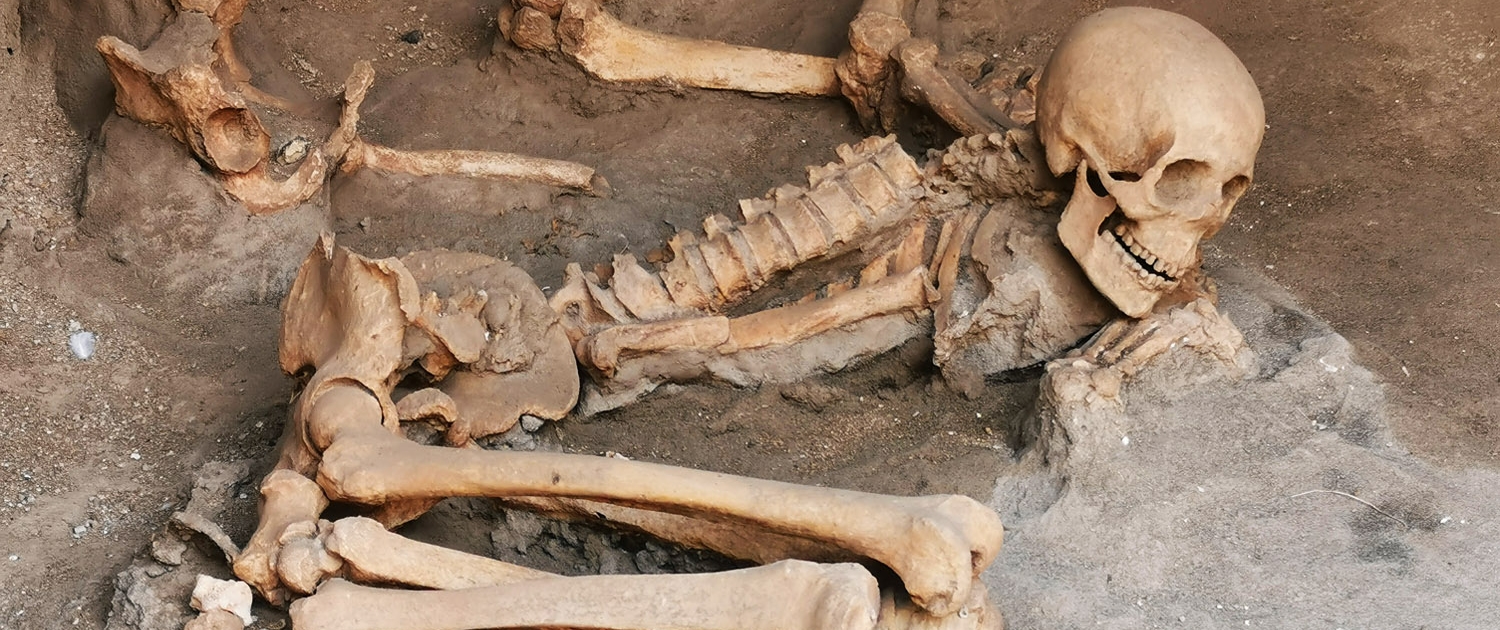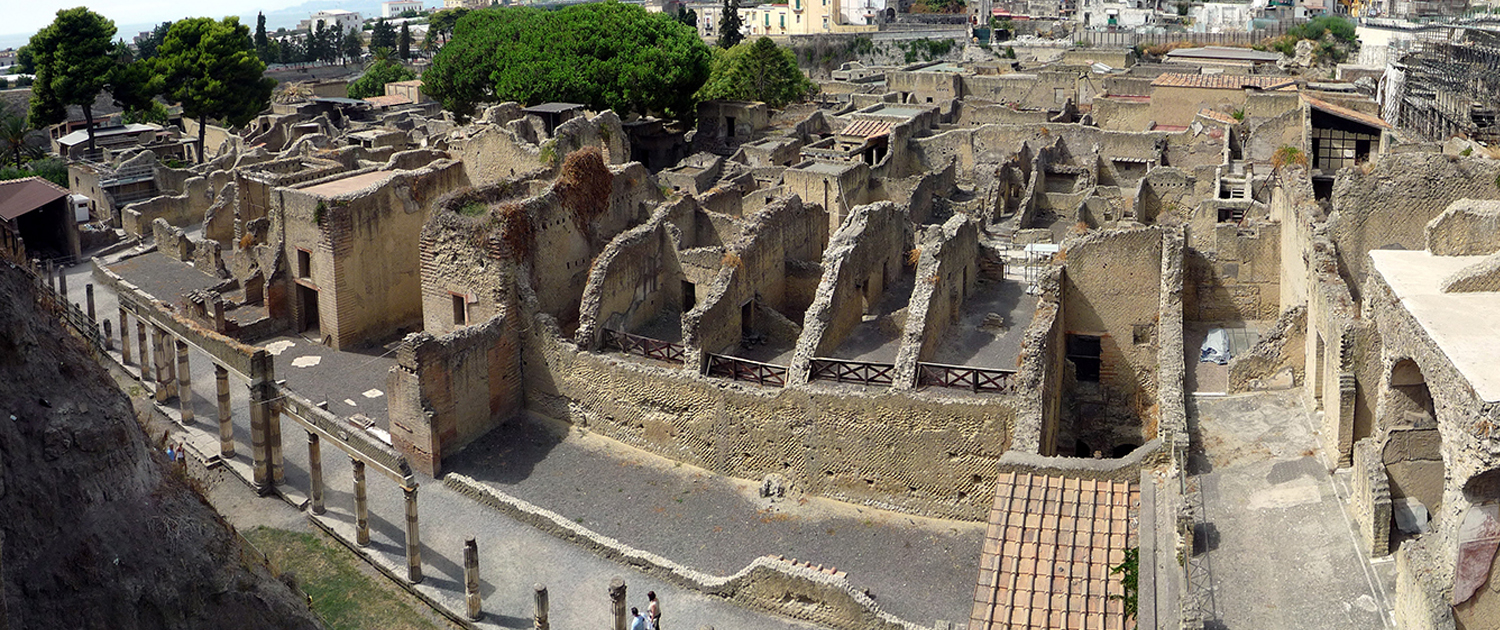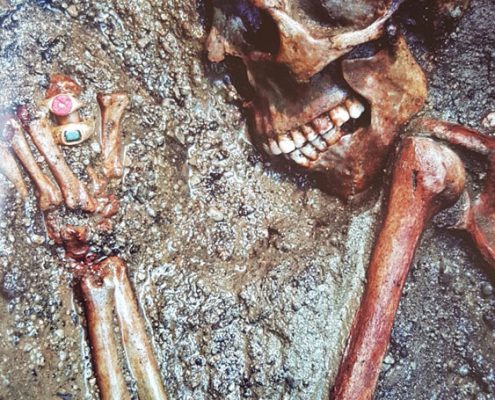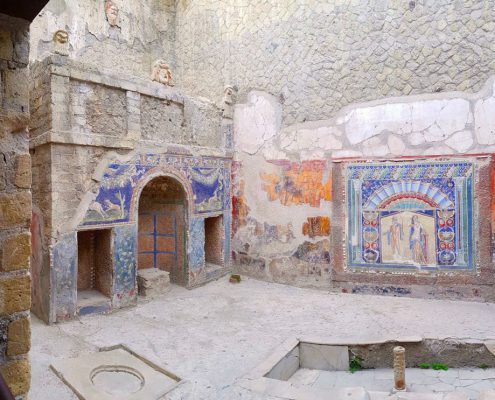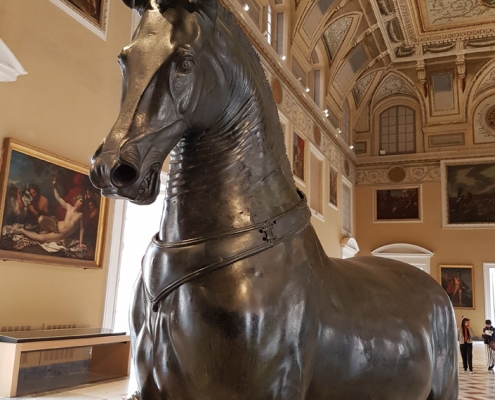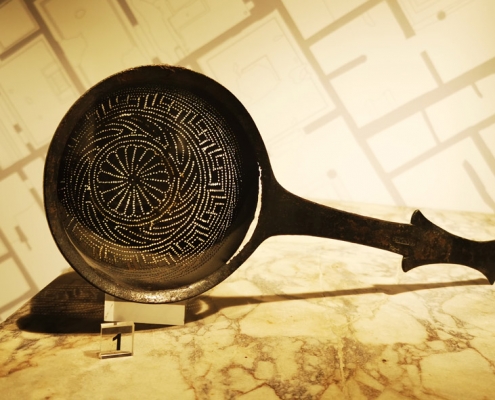TWO-HOUR GUIDED TOUR OF HERCULANEUM WITH AN ARCHAEOLOGIST
Private Tour
(admission tickets not included)
Tour Duration
2 Hours
Tour Availability
All year long
Meeting Point
Next to the Herculaneum ruins ticket office
What makes this tour special?
A private guided tour with an archaeologist means spending a little more, however getting a great customized personal tour. In other words, a private guided tour with an archaeologist will add a great value in making your visit more memorable.
We offer you the greatest flexibility and availability in order to make your visit of the Herculaneum ruins, flawless and enjoyable. You can book this Herculaneum Tour with us at anytime and day throughout the year.
The tour will be confidential and slow-paced. In addition, the guide will be devoting his time explaining and describing all the monuments of the Herculaneum ruins and will gladly answer any questions or curiosities you may want to ask or have.
Why is our guided tour of Herculaneum so unique ?
The mud, that has buried the buildings, artifacts and even organic-based material such as food and wood, has left Herculaneum intact. This is one of the amazing features that strikes the visitors when they walk along the streets of Herculaneum:
the presence of wooden findings, such as a screw-press of a laundry room, stairs, beams, and so on, is simply amazing.
All archaeologists and historians agree that Herculaneum is much better preserved than the Pompeii ruins.
In many cases, even the upper floors of the building and in some areas of the town, the sewage system under the streets have remained completely intact.
In the place where there was once a beach of Herculaneum, lays the skeletons of the unfortunate men, women and children that had died. One does not leave the site indifferent to the sufferings of the inhabitants caused by the eruption.
In 1997, the ruins of Herculaneum, along with the Pompeii ruins and Oplontis, became part of the UNESCO heritage, for its interest and importance.
In addition, since 2001, the Herculaneum Conservation Project program has also been active and it aims for the conservation and enhancement of the site, as well as the realization of new excavations.
Few facts about Herculaneum:
Herculaneum was an ancient Roman city close to Pompeii, in the Bay of Naples, which was destroyed by pyroclastic flows of the volcanic eruption from the Mount Vesuvius in 79 AD.
During the eruption of the Mount Vesuvius in 79 AD, less ash and pumice stones, had fallen over Herculaneum than in Pompeii. Then, it was followed by several pyroclastic flows which buried the town under a blanket of mud that solidified.
Over the centuries, Herculaneum had been forgotten.
In the 18th Century, during the Austrian domination, Prince d’Elboef, discovered, by chance, the ancient city’s theater, but it was only later, in 1738,that Charles of Bourbon, king of Naples, carried out systematic excavations.
At this moment, up until this day, only one quarter of Herculaneum has been brought to light.
In 1980, during small maintenance work, almost 400 skeletons and a wooden boat were found on the seashore, all still intact. It was obvious that they were waiting to be rescued from the sea when a cloud of toxic gas of 400 degrees centigrade, (roughly 750 Fahrenheit) took those unfortunate people by surprise and got them killed.
*Your guide will help you buy the Herculaneum admission fee.
This post is also available in: Italian

